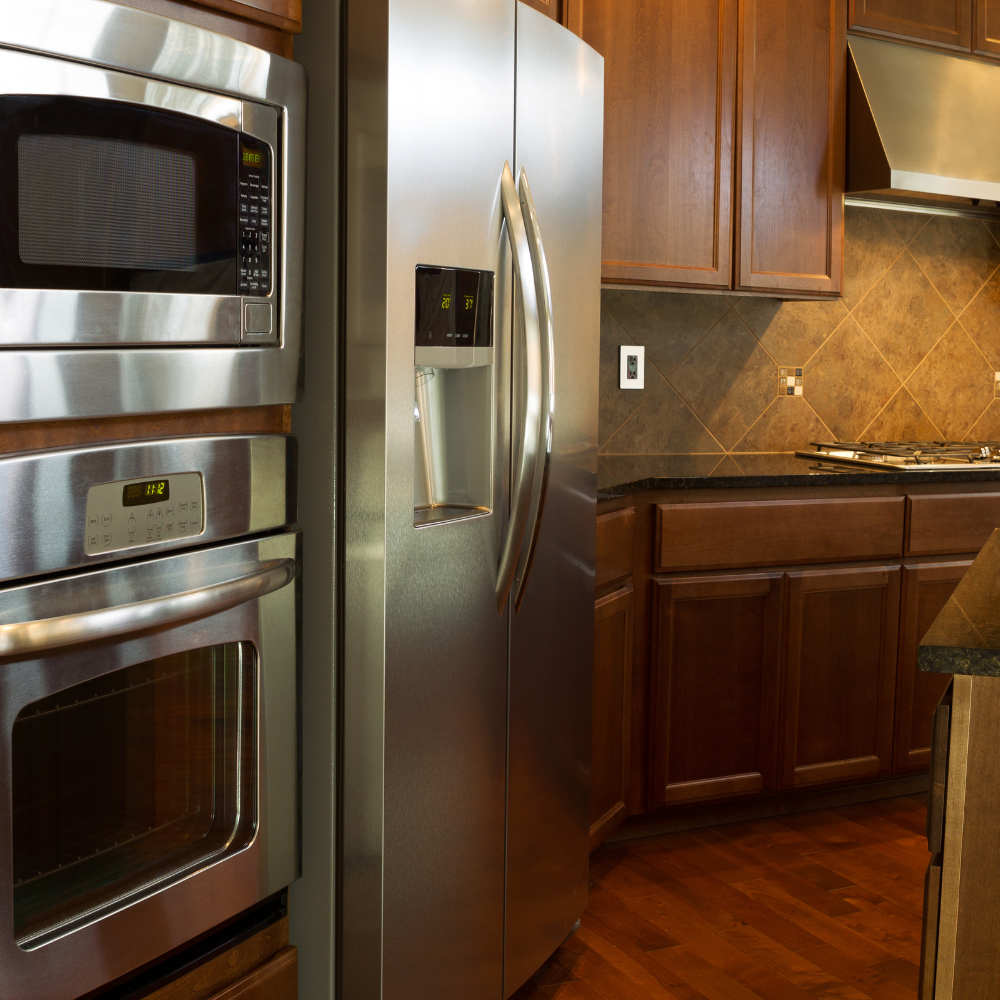When buying or selling a home, it’s essential to understand what is included in the sale. Typically, items that convey with the sale are outlined in the purchase agreement, which is a legally binding document that outlines the terms of the sale. Here are some key factors to consider when determining what conveys with home sales.
Real Property vs. Personal Property
The first thing to understand is the difference between real property and personal property. Real property refers to the land and any permanent structures that are affixed to it, such as the home, garage, and any other permanent fixtures. Personal property refers to items that are movable, such as furniture, appliances, and other items that are not permanently attached to the property.
In general, real property conveys with the sale, while personal property does not. However, there are some exceptions to this rule, which we will discuss below.
Inclusions and Exclusions
The purchase agreement will typically outline what items are included in the sale and what items are excluded. Inclusions might include things like built-in appliances, light fixtures, and window treatments. Exclusions might include things like artwork, area rugs, and certain furniture pieces.
It’s important to review the purchase agreement carefully to ensure that you understand what is included and excluded from the sale. If there are any items that you want to be included in the sale that are not already listed, you should discuss this with your real estate agent and the seller.
Customary Items
In some cases, there are customary items that are expected to convey with the sale. For example, it’s common for a home to come with a stove, refrigerator, and dishwasher. If these items are not specifically excluded in the purchase agreement, they are typically assumed to be included in the sale.
It’s a good idea to review local customs and expectations regarding home sales to ensure that you understand what is customary in your area.
Negotiations
In some cases, buyers and sellers may negotiate the inclusion or exclusion of certain items in the sale. For example, a buyer might negotiate to include a pool table or an outdoor grill in the sale. Alternatively, a seller might negotiate to exclude a particular item, such as a chandelier or antique mirror.
If you are interested in negotiating the inclusion or exclusion of certain items in the sale, it’s important to discuss this with your real estate agent. They can help you understand what is reasonable to ask for and how to approach negotiations with the other party.
It’s essential to understand what conveys with home sales when buying or selling a property. By reviewing the purchase agreement carefully, understanding local customs, and negotiating as needed, you can ensure that you are satisfied with the items that are included in the sale. A qualified real estate agent can help you navigate the process and ensure that you understand all of the details of the transaction.


